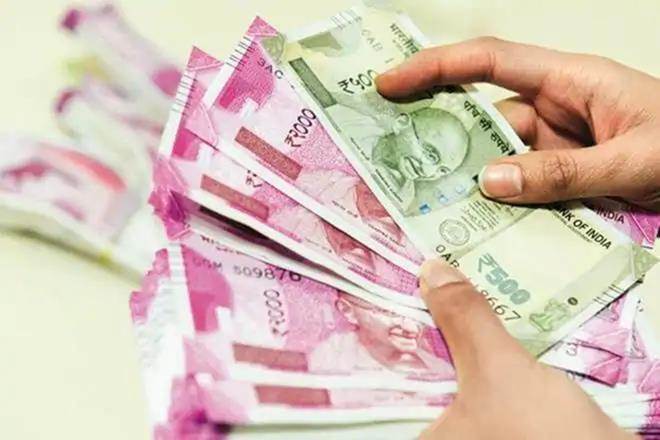An economic relief package to fight the Covid-19 crisis will come any time soon, chief economic advisor (CEA) Krishnamurthy V Subramanian said on Thursday and indicated that borrowing of around $60 billion to fund the rising fiscal deficit can theoretically be through listing government bonds on the global bond indices.
In an interview to India Today channel, the CEA said: “About $4 trillion of money tracks these (global) bond indices. India is expected to get a weight of around 1.5-3%. Even if you take 1.5%, that translates into $60 billion.”
“I recognise that this money can’t come immediately but may come later half of the year or next year. But that gives us the opportunity to structure the borrowing plan in terms of maturity etc to be able to finance the deficit and also do it in a way that the cost of borrowing doesn’t become very large,” he added.
In March, the Reserve Bank of India announced the opening up of key government securities to full foreign investment in a bid to find a place in global bond indices. The Centre had budgeted gross market borrowing of Rs 7.8 lakh crore for FY21 and had recently announced its plan to borrow 62.6% of it in the first half itself. However, its plans have gone haywires due to the Covid-19 crisis.
While acknowledging the serious challenges being faced by the businesses and even workers in the wake of the Covid crisis, the CEA refuted the notion of a large-scale distress, saying the Jan Dhan deposits have gone up from the level witnessed in the week before the lockdown was imposed from March 25.
The economy could grow at 1.5-2% in FY21, with a contraction in the first half. This will be followed by a V-shaped recovery, he said, drawing a parallel with a similar rebound witnessed after the Spanish flu outbreak, which was, in fact, more devastating.
Talking about the debt-to-GDP ratio following massive borrowing to fund productive spending, Subramanian said even if the country witnesses 4% real GDP growth for 5-10 years from FY22, the debt levels will come down. The important point is that the rate of borrowing will be far lower than our nominal GDP growth rates.
The CEA said while the first package addressed the vulnerable sections (mainly a demand-side measure), the next round of relief could focus on the supply side of the economy, including the ways to boost credit flow or liquidity in the system. Already, the central bank has initiated a raft of steps to improve liquidity in the system.
Commenting on the need to have a massive stimulus package, in sync with the ones offered by the developed countries, the CEA said if the loan guarantee is removed from the package extended by the UK, it would be worth only 3.7% of the GDP, and not 15%. Similarly, the US package will be worth 6.5% of its GDP, instead of 10%.


